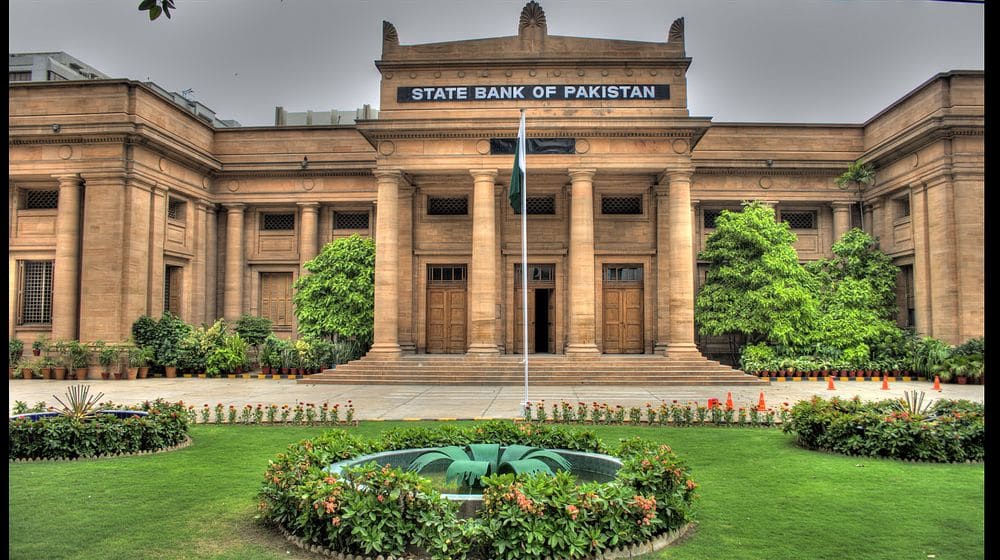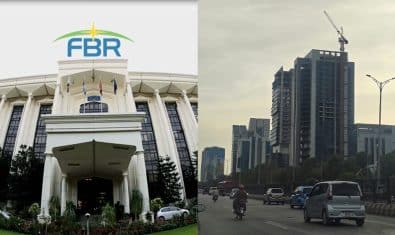The State Bank of Pakistan (SBP) injected $1.2 billion into the currency market in the past three months to offset the Pakistani Rupee’s sharp depreciation, The Express Tribune reported.
The central bank pumped $1.2 billion into the inter-bank currency market, from mid-June to the first week of September, according to government sources. In July, the bank’s maximum single-day injection of $100 million was made in July, while an $85 million transaction was made in August.
Nevertheless, the local currency (PKR) depreciated more than 10 percent since May and crashed to its lowest ever against the US Dollar (USD) yesterday, closing at Rs. 168.94.
Under the International Monetary Fund program, the SBP publicly claims that it operates under a flexible exchange rate policy and doesn’t artificially adjust the PKR’s value.
However, according to The Express Tribune’s report, the bank has injected a total of $5.8 billion into currency markets during the Pakistan Tehreek-e-Insaaf (PTI) tenure to defend the Rupee.
The SBP does this by using foreign exchange reserves, which are earned through foreign loans, such as floating Eurobonds and issuing Naya Pakistan Certificates. In July, Pakistan took on a $1 billion Eurobond loan at an interest rate of 5.9 percent to 8.5 percent.
The bank’s reserves fell to $20.02 billion on September 3, down by $123 million from the prior week. However, reserves have stayed strong over the past months, soaring to a record high of $20.15 billion on August 27.
“Since June 2019, Pakistan has adopted a market-based flexible exchange rate system, where the exchange rate is determined by market demand and supply conditions,” SBP spokesman, Abid Qamar, said. “Under this system, the role of SBP’s interventions in the FX market is limited to prevent disorderly market conditions, while not suppressing an underlying trend.”
Qamar neither confirmed nor denied whether the SBP injected money into the currency market during the past months.
Sources said that the $1.2 billion the SBP spent over the past three months was not to offset disorderly market conditions but to arrest the fall of the PKR and that the bank would have to explain why it altered its non-intervention policy to the IMF in upcoming talks.
The PKR’s depreciation over the past months has occurred amid a weakening of the country’s current account, rising imports, and political uncertainty in Afghanistan.
Pakistan’s current account balance swung to a deficit year-over-year in July 2021, logging a deficit of $773 million compared to a surplus of $583 million in the same month last year.
Afghanistan’s political transition disrupted its dollar supply. This caused an outflow of dollars from Pakistan to Afghanistan, which placed additional pressure on the Rupee.
Analysts believe that the country’s currency crisis has emerged from the government’ prioritizing expansionary policies over fixing structural issues in the economy.
A study by the Asian Development Bank concluded that Pakistan is vulnerable to a balance of payments crisis once economic growth exceeds 3.7 percent.
In a report, S&P Global Ratings estimated that Pakistan’s current account deficit eased to 0.6 percent of the GDP in FY2021, from 4.8 percent in FY2020. However, it projects that the country’s current account deficit will deteriorate due to the rising imports and oil prices, although it will stay below three percent of GDP.





















